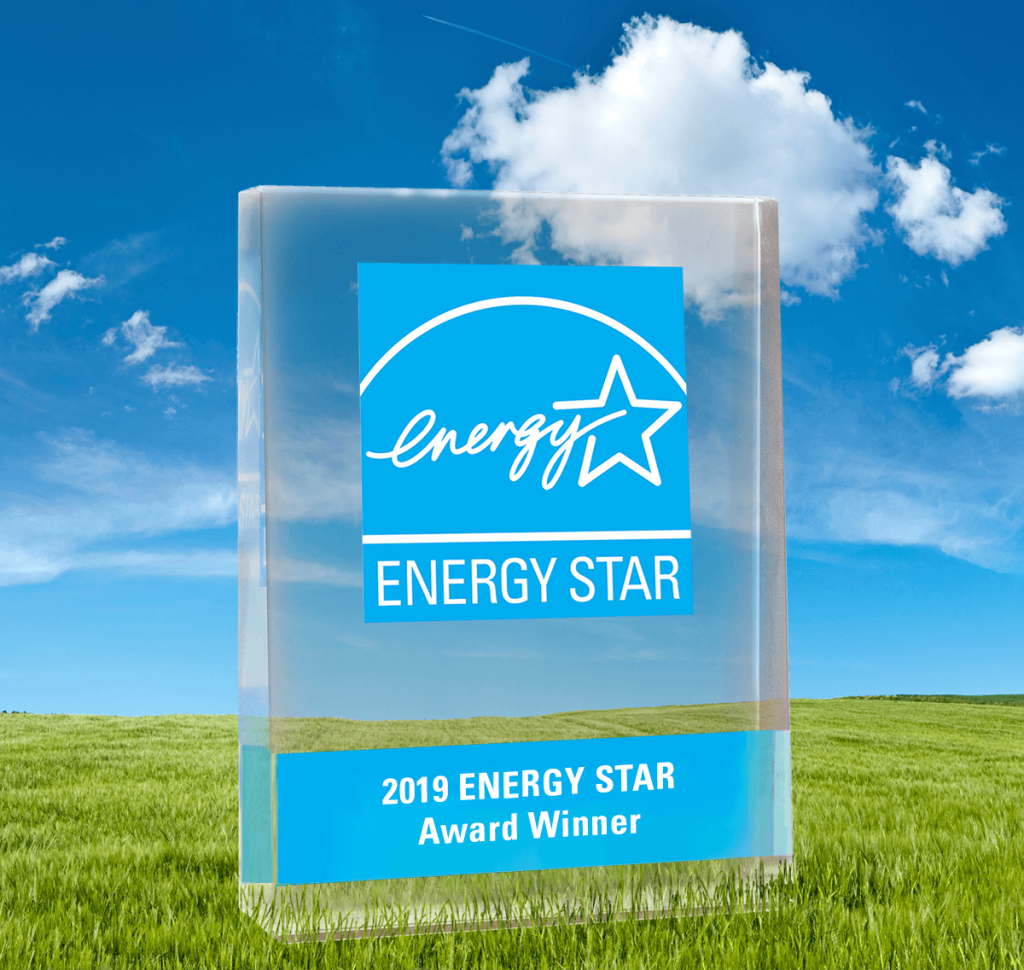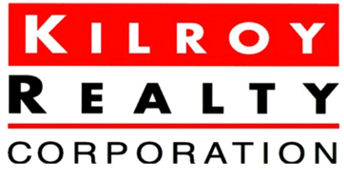Yardi Energy Solutions
Propelling Energy Progress
Yardi Energy Solutions is positioned to support U.S. Environmental Protection Agency initiatives in energy data aggregation, access and reporting. The agency’s new Whole-Building Energy Data Campaign, for example, is designed to help building owners appeal to utilities for access to accurate whole building data for multitenant buildings. Whole building data enables visibility into energy consumption, […]







